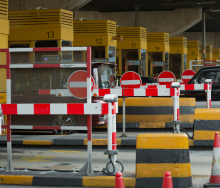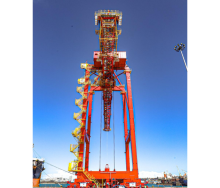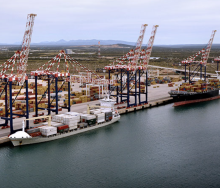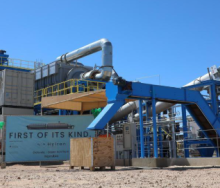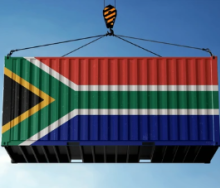The South African National Roads Agency (Sanral) has responded to criticism of its lack of transparency by unpacking the Gauteng Freeway Improvement Project’s (GFIP) funding model.
This follows ongoing claims by the Organisation Undoing Tax Abuse (Outa) that the roads agency has displayed a lack of financial transparency regarding its funding model and the debt incurred for the e-tolling system.
In April, government officially switched off the e-toll gantries, which means road users are no longer charged for using the GFIP network.
“While the Gauteng Freeway Improvement Project funding model is complex, it is useful to explain the model so that the public understand how the debt increased over time. We trust that the following explanation will assist both members of the public and Outa to understand the detail,” Sanral spokesperson Vusi Mona said on Monday.
He said Sanral had started borrowing money to fund the construction of GFIP in 2008 and the roads were completed in time for the 2010 World Cup.
“The cost of GFIP was estimated at R21 billion for the construction of the roads and the related toll systems. However, from the operational inception of GFIP, the revenue collected was inadequate to cover operational costs and interest on debt, resulting in growing debt, as Sanral had to borrow to service interest on debt or refinance maturing debt,” Mona said.
In addition, National Treasury made allocations to cover operational shortfalls and interest payments.
“It is also important to note that funding for the GFIP was raised as part of the toll portfolio as a whole.”
He said when the memorandum of agreement (MOA) to end e-tolls was signed in April, the total GFIP-related nominal debt amount was R29.031 billion. The estimated interest on this debt was R21.011 billion.
“Before the announcement by the Minister of Finance to end e-tolls in October 2022, all treasury grants given to the toll portfolio were used to pay operational shortfalls and interest on debt. No grants were used to repay or settle any maturing debt,” he said.
“The only time that National Treasury mentioned providing funds specific for maturing debt settlement was in October 2022, where R23.756 billion was provided. Of that, R20.557 billion was used for the settlement of bonds and interest payments,” said Sanral.
A sum of R5.1 billion was allocated by National Treasury in October 2024 with the aim of settle maturing bonds and for backlog road maintenance in line with the MOA between National Treasury, Gauteng Provincial Government and the National Department of Transport.
The funds relating to backlog road maintenance (R546 million) will be used to maintain GFIP roads identified in the MOA.
“Any funding for infrastructure projects… is governed and managed by a rigorous oversight framework. Whether we are talking about massive construction sites to upgrade the notoriously dangerous Moloto Road, the N2-N3 corridors in KwaZulu-Natal, the proposed upgrade of the Huguenot Tunnel in the Western Cape, or the N2 Wild Coast Road in the Eastern Cape, every rand is carefully managed and accounted for,” said Mona.
“Sanral’s audited reports are publicly accessible at www.sanral.co.za and it is important for the public to know that these documents provide comprehensive insights into our financial management and expenditure since inception.” - SAnews.gov.za




